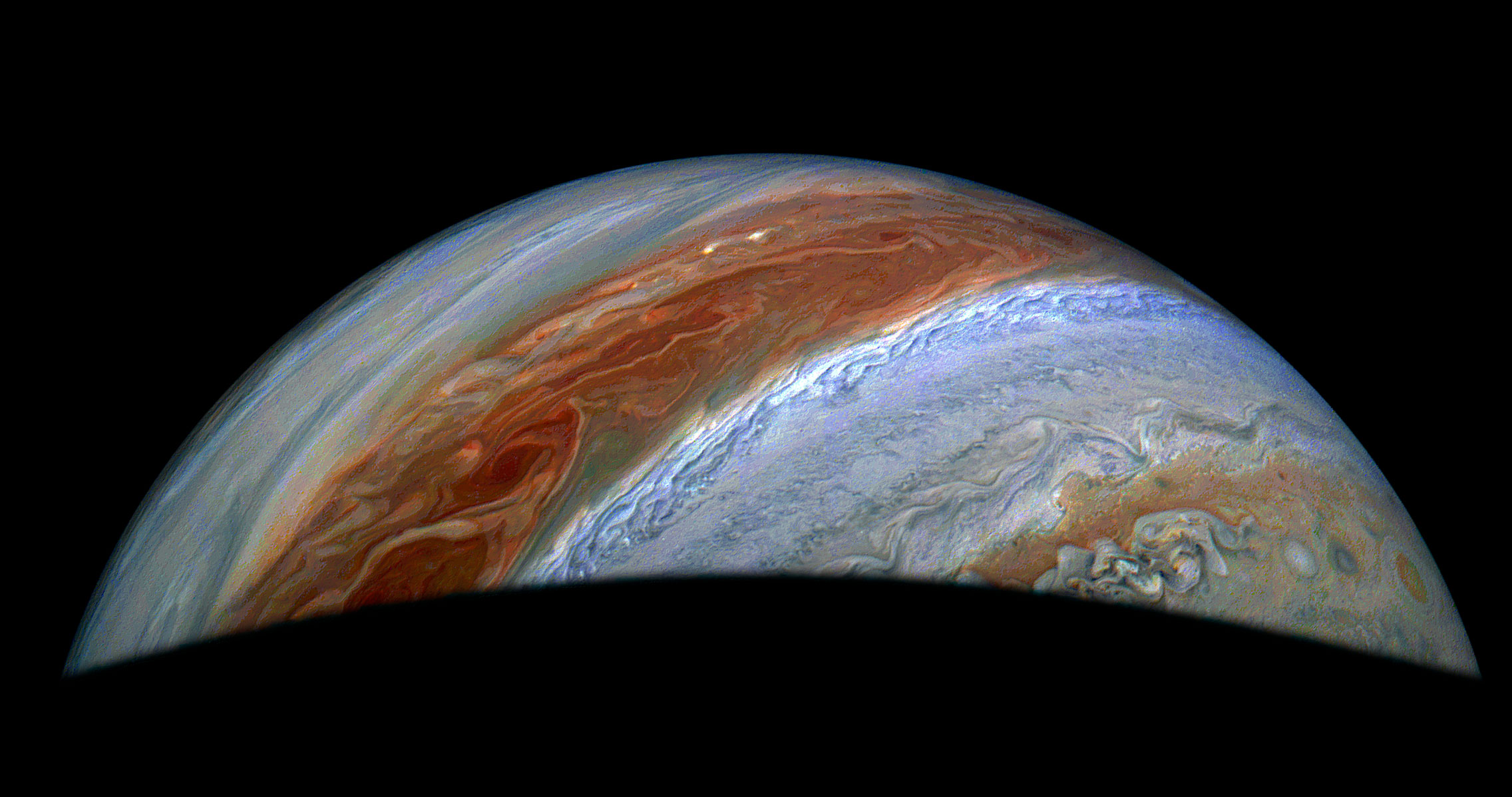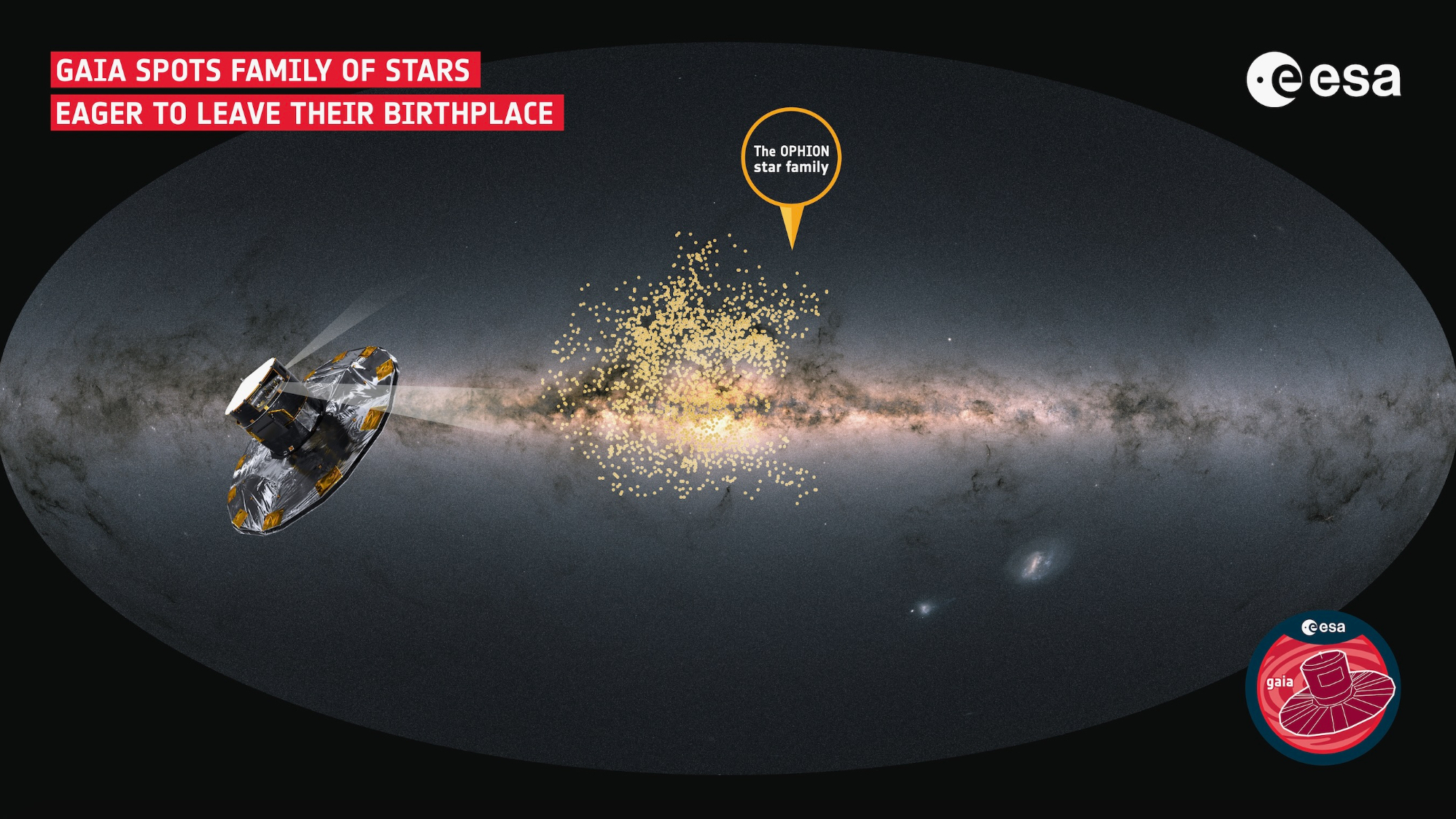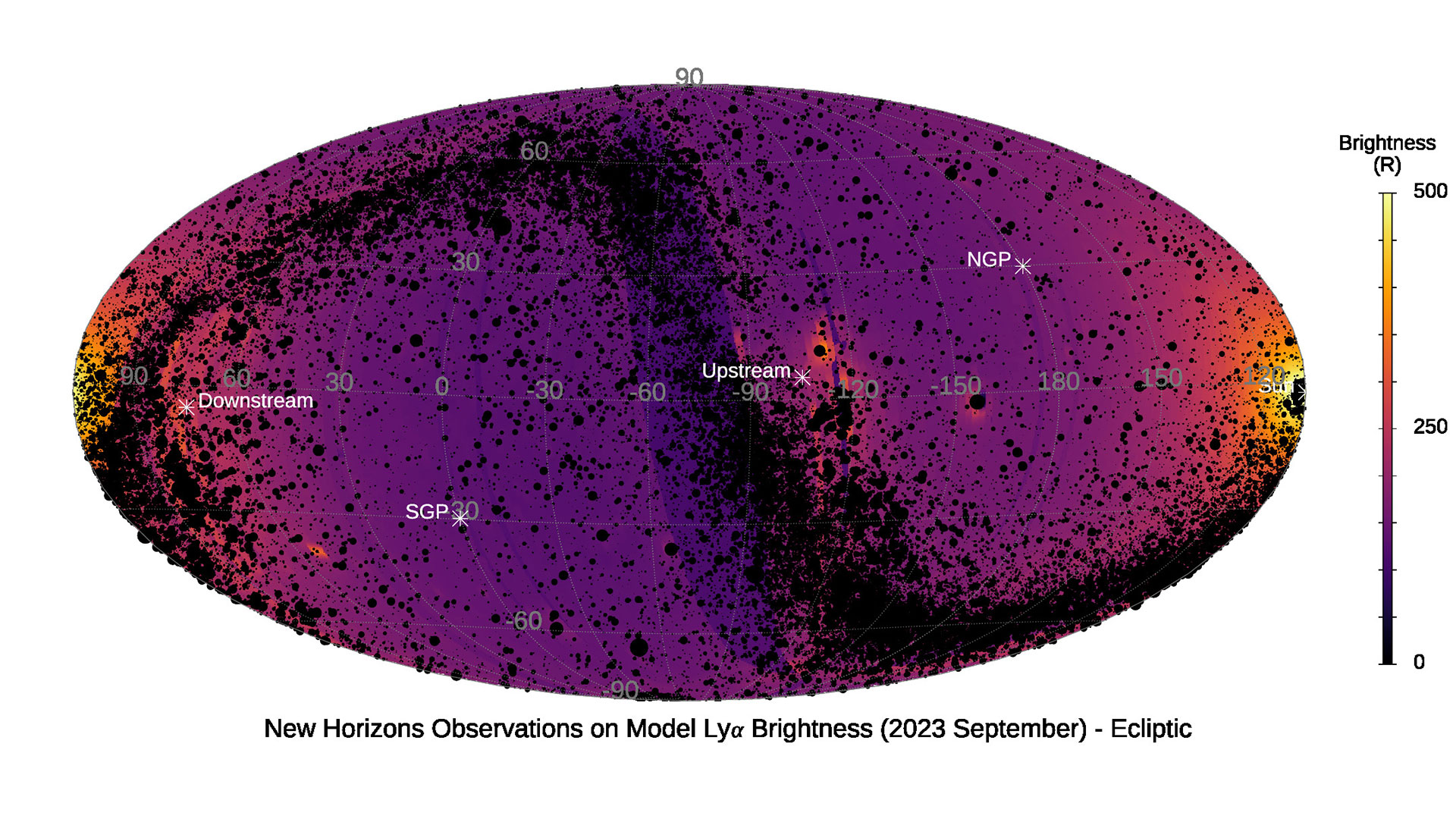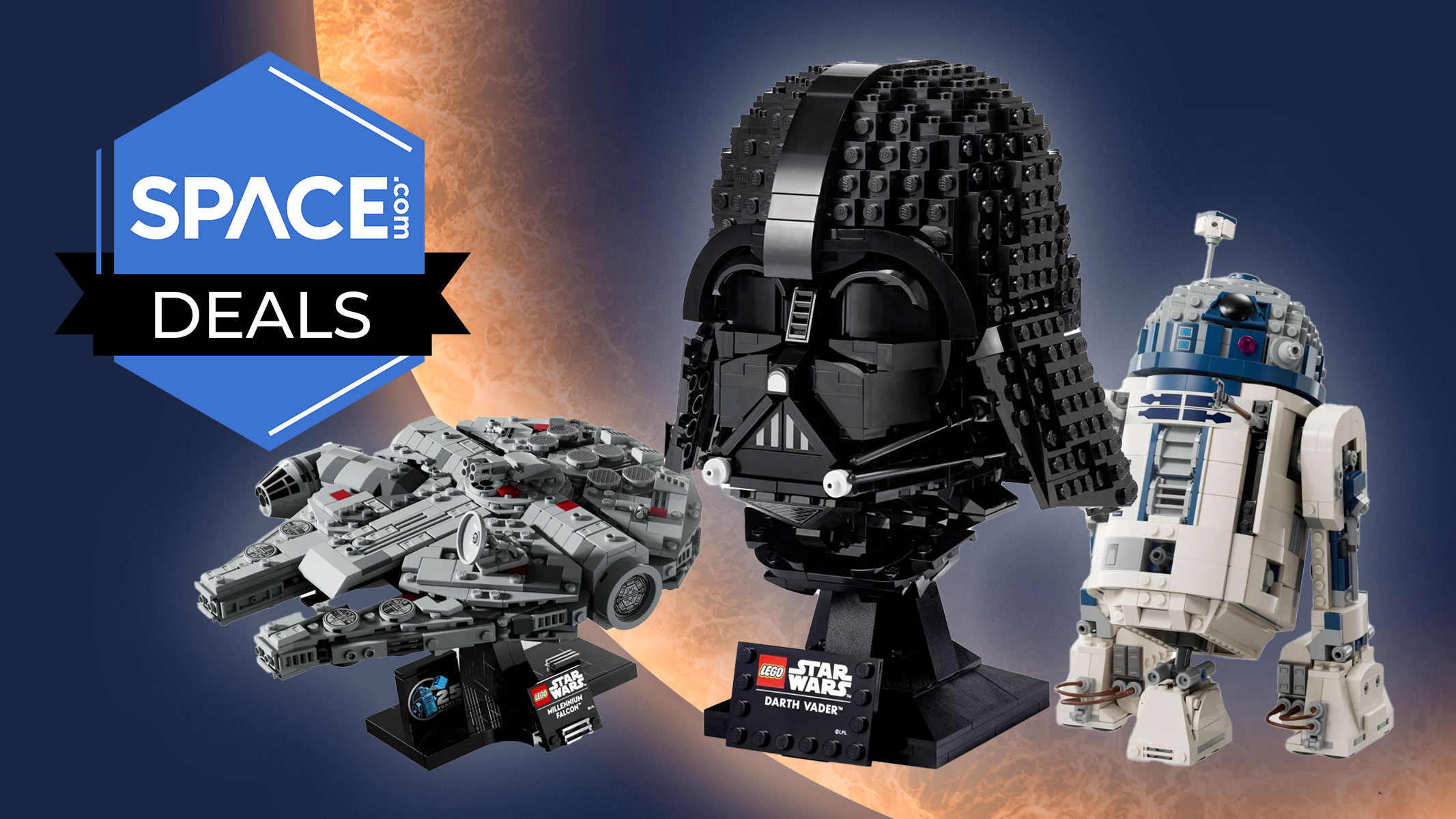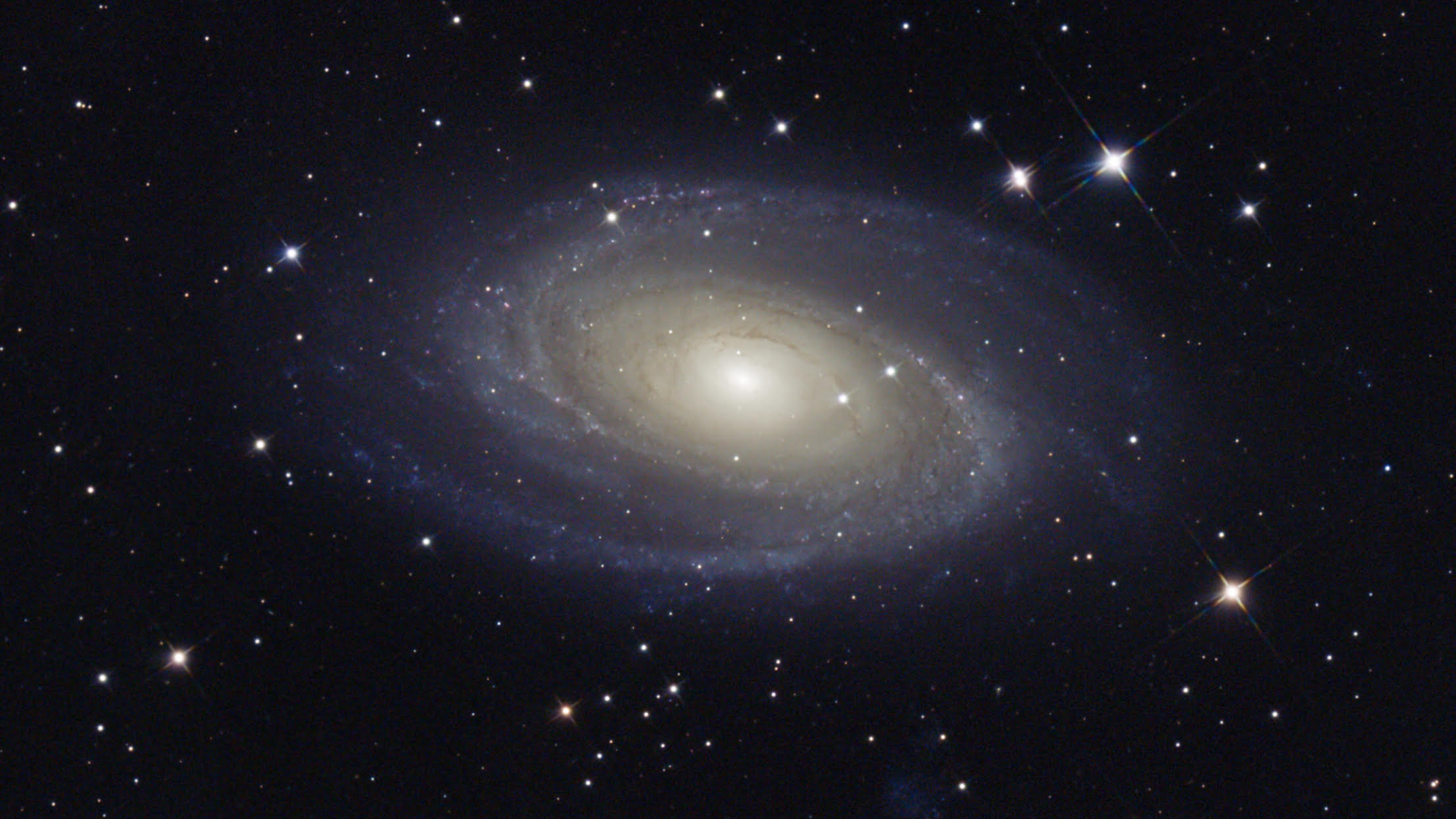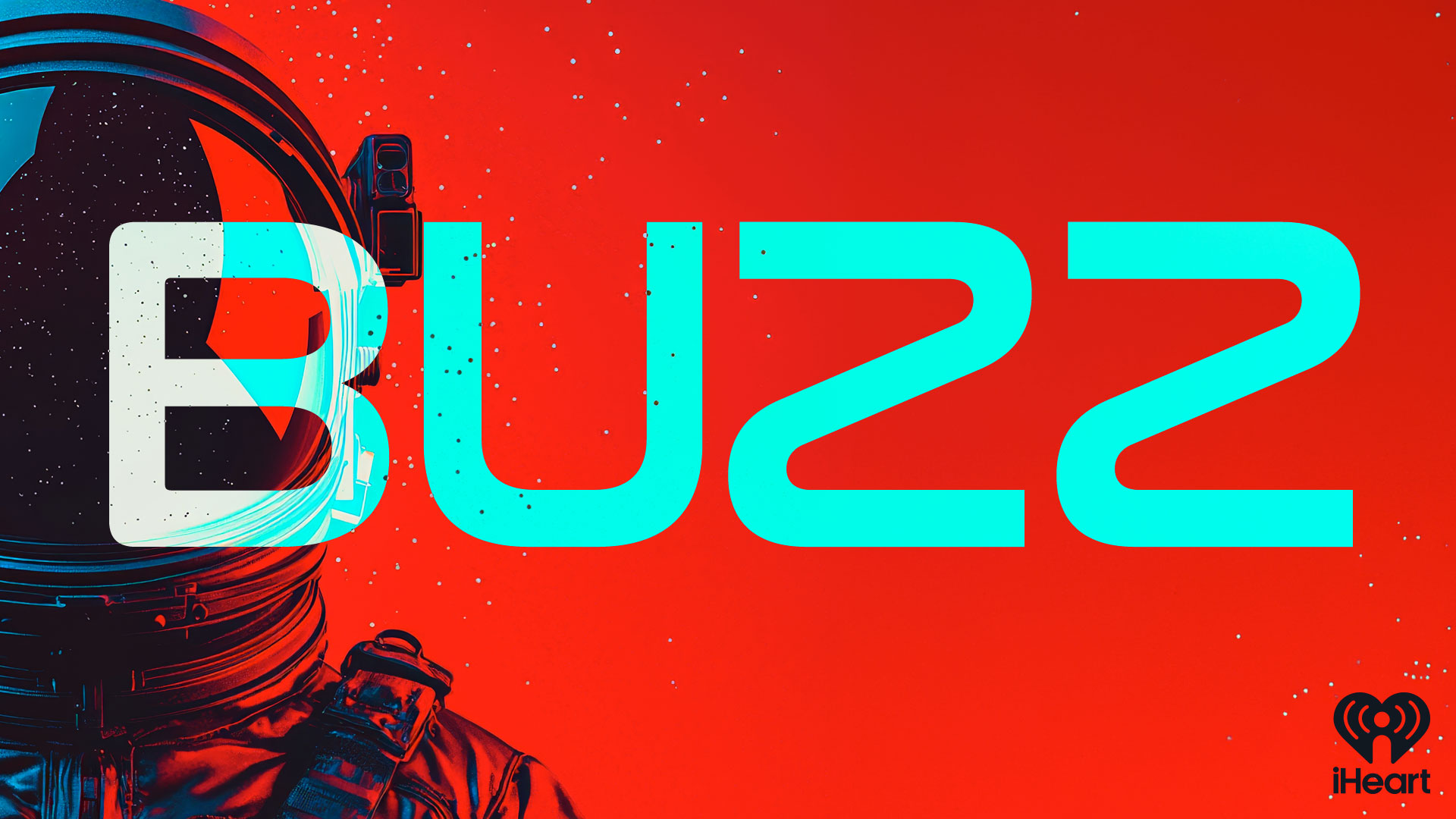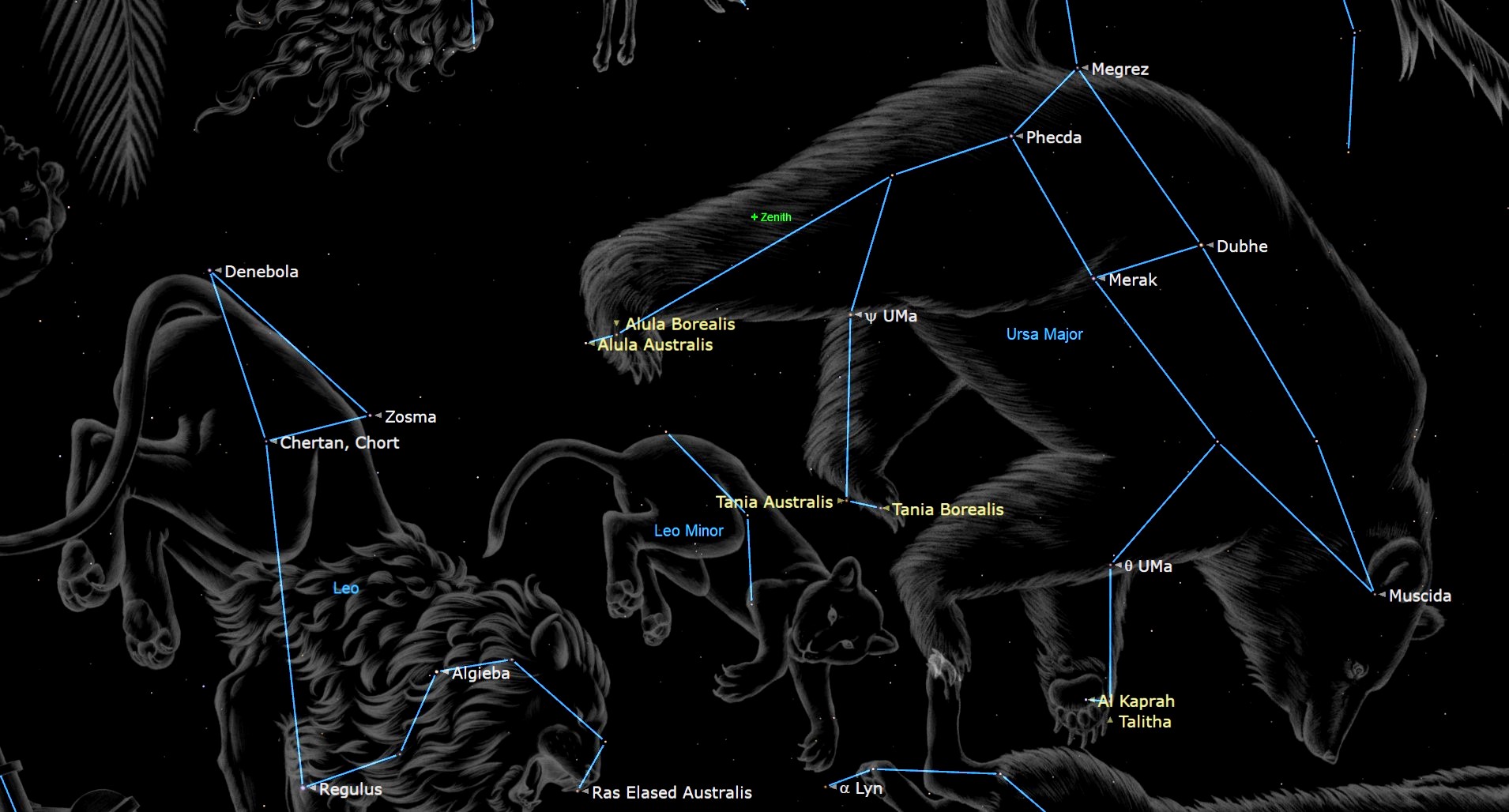
Four billionaires are backing a newly unveiled asteroid-mining venture, adding to an impressive list of ultra-rich people trying to reshape spaceflight and exploration in the 21st century.
Planetary Resources, Inc. — which on Tuesday (April 24) officially revealed its plans to extract water and metals from near-Earth asteroids
— counts Larry Page, Eric Schmidt, Ross Perot Jr. and Charles Simonyi among its investors.
Each man is worth $1 billion or more, according to recent estimates by Forbes magazine, with Google execs Page and Schmidt having about $16.7 billion and $6.2 billion to their names, respectively. Filmmaker James Cameron, worth $700 million or so, is advising the project, which seeks to both turn a profit and spur the further exploration and exploitation of space.
Planetary Resources' high-profile investors are in good company, for private spaceflight ventures have attracted the attention of some of the world's richest people in the last decade or so. And some of these folks aren't just money men, advisers or paying customers — they're running the show. [Images: Planetary Resources' Asteroid Mining Plans]
Leading the charge
The trend perhaps started in 2000, when Amazon.com founder Jeff Bezos — now worth about $19.1 billion — established the private spaceflight firm Blue Origin.
Get the Space.com Newsletter
Breaking space news, the latest updates on rocket launches, skywatching events and more!
Blue Origin is working to develop reusable rockets and spacecraft to launch astronauts to suborbital and orbital space. The secretive company has received money under NASA's Commercial Crew Development (CCDev) program, which is encouraging the progress of American astronaut taxis in the wake of the space shuttle's retirement. Blue Origin officials have said the firm's Space Vehicle could start delivering people to the International Space Station between 2016 and 2018.
Then, in 2002, PayPal co-founder Elon Musk set up Space Exploration Technologies Corp., better known as SpaceX. Last year, SpaceX got $75 million in CCDev funding to upgrade its robotic Dragon capsule to a crew-carrying craft.
The company also holds a $1.6 billion NASA contract to make 12 unmanned cargo missions to the space station. It's slated to blast off on a demonstration flight to the orbiting lab on May 7, and the contracted supply runs could begin later this year if all goes well, SpaceX officials have said.
Musk has estimated that Dragon could be ready to begin crew-carrying operations within three years. SpaceX is also developing a heavy-lift rocket and hopes to devise a completely reusable launch vehicle as well, with the ultimate goal of helping humanity colonize other worlds such as Mars.
Musk, who is also CEO of electric-car company Tesla Motors, is currently worth about $2 billion, according to Forbes. [Video: SpaceX's Quest for Rocketry Holy Grail]

Mid-air launches
British entrepreneur Richard Branson, who is worth about $4.2 billion, got into the game in 2004, when he founded the suborbital spaceflight firm Virgin Galactic.
Virgin Galactic plans to launch paying customers on suborbital jaunts, and it has already collected deposits from more than 500 people willing to pay the $200,000 ticket price. The company also has inked deals to fly scientists and their experiments to suborbital space.
Virgin Galactic's SpaceShipTwo vehicle will launch to space after being carried about 50,000 feet (15,000 meters) above Earth's surface by a mothership known as WhiteKnightTwo. SpaceShipTwo has already made a series of glide flights, and the company is aiming for its first rocket-powered test flight by the end of the year. Commercial operations could begin in 2013 or 2014, officials have said.
Microsoft co-founder Paul Allen announced another air-launched space effort this past December. Allen, who is worth $14.2 billion, founded Stratolaunch Systems with renowned aerospace engineer Burt Rutan.
Allen and Rutan have collaborated before, working together on SpaceShipOne. Allen helped bankroll the experimental vehicle, which won the $10 million Ansari X Prize in 2004 by getting to space and back twice within five days. It later became the basis for Virgin Galactic's SpaceShipTwo.
Stratolaunch Systems plans to use a gargantuan airplane — which boasts six 747 jet engines and a 385-foot (117-m) wingspan — to carry a rocket and space capsule high into the atmosphere. Allen and Rutan envision the system launching commercial and government payloads, and eventually humans, to space.
The idea is to make spaceflight cheaper and easier, helping open up the heavens, according to Allen, who hopes Stratolaunch can begin operations by 2016.
"We are at the dawn of radical change in the space launch industry," he said in a statement upon the new company's unveiling. "Stratolaunch Systems is pioneering an innovative solution that will revolutionize space travel."
Not replacing NASA
With NASA fighting hard for every budget dollar these days, it's tempting to think that the future of American spaceflight lies in the hands of the billionaires. But the efforts of the super-rich aren't going to supersede NASA anytime soon, said space policy expert John Logsdon, professor emeritus at George Washington University.
"They're not replacing NASA," Logsdon told SPACE.com. "They're adding to the nation's space activities."
And while it may seem like the space industry has been flooded by billionaires in the last decade or so, it's important to keep things in perspective, Logsdon added.
"There are a lot of billionaires who aren't investing in space," he said. "Some of these people also buy basketball teams."
Indeed, Forbes tallied 1,226 billionaires around the world in its 2012 count. Allen has a long history of investing in space and science efforts, and he also purchased the NBA's Portland Trail Blazers in 1988.
You can follow SPACE.com senior writer Mike Wall on Twitter: @michaeldwall. Follow SPACE.com for the latest in space science and exploration news on Twitter @Spacedotcom and on Facebook.
Join our Space Forums to keep talking space on the latest missions, night sky and more! And if you have a news tip, correction or comment, let us know at: community@space.com.

Michael Wall is a Senior Space Writer with Space.com and joined the team in 2010. He primarily covers exoplanets, spaceflight and military space, but has been known to dabble in the space art beat. His book about the search for alien life, "Out There," was published on Nov. 13, 2018. Before becoming a science writer, Michael worked as a herpetologist and wildlife biologist. He has a Ph.D. in evolutionary biology from the University of Sydney, Australia, a bachelor's degree from the University of Arizona, and a graduate certificate in science writing from the University of California, Santa Cruz. To find out what his latest project is, you can follow Michael on Twitter.
